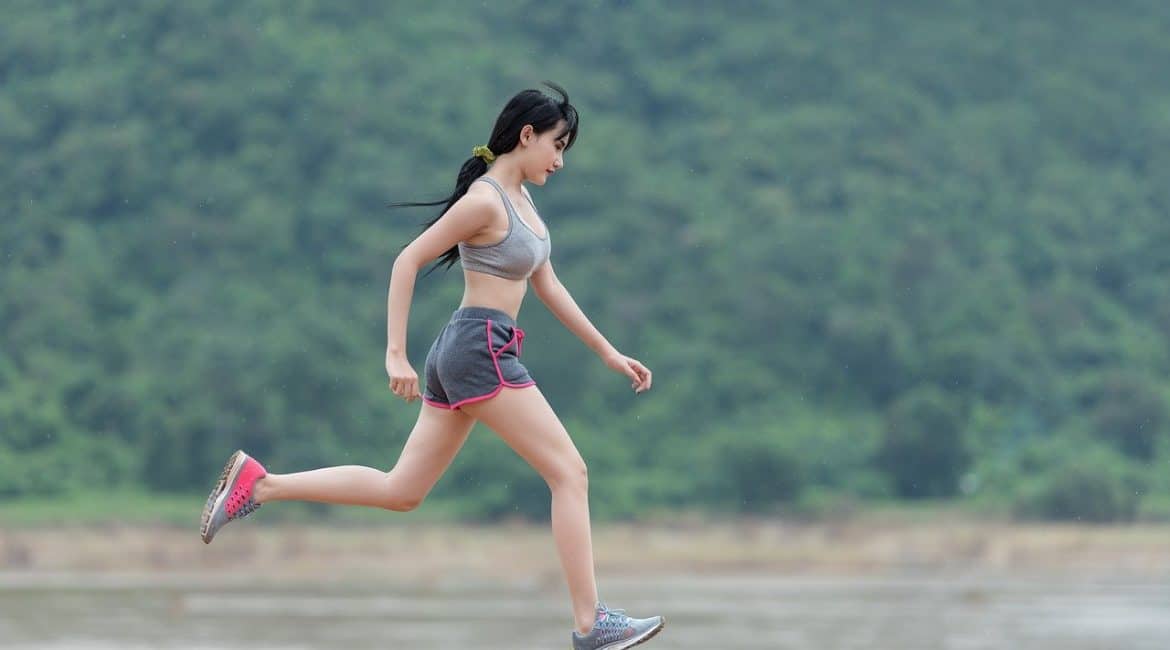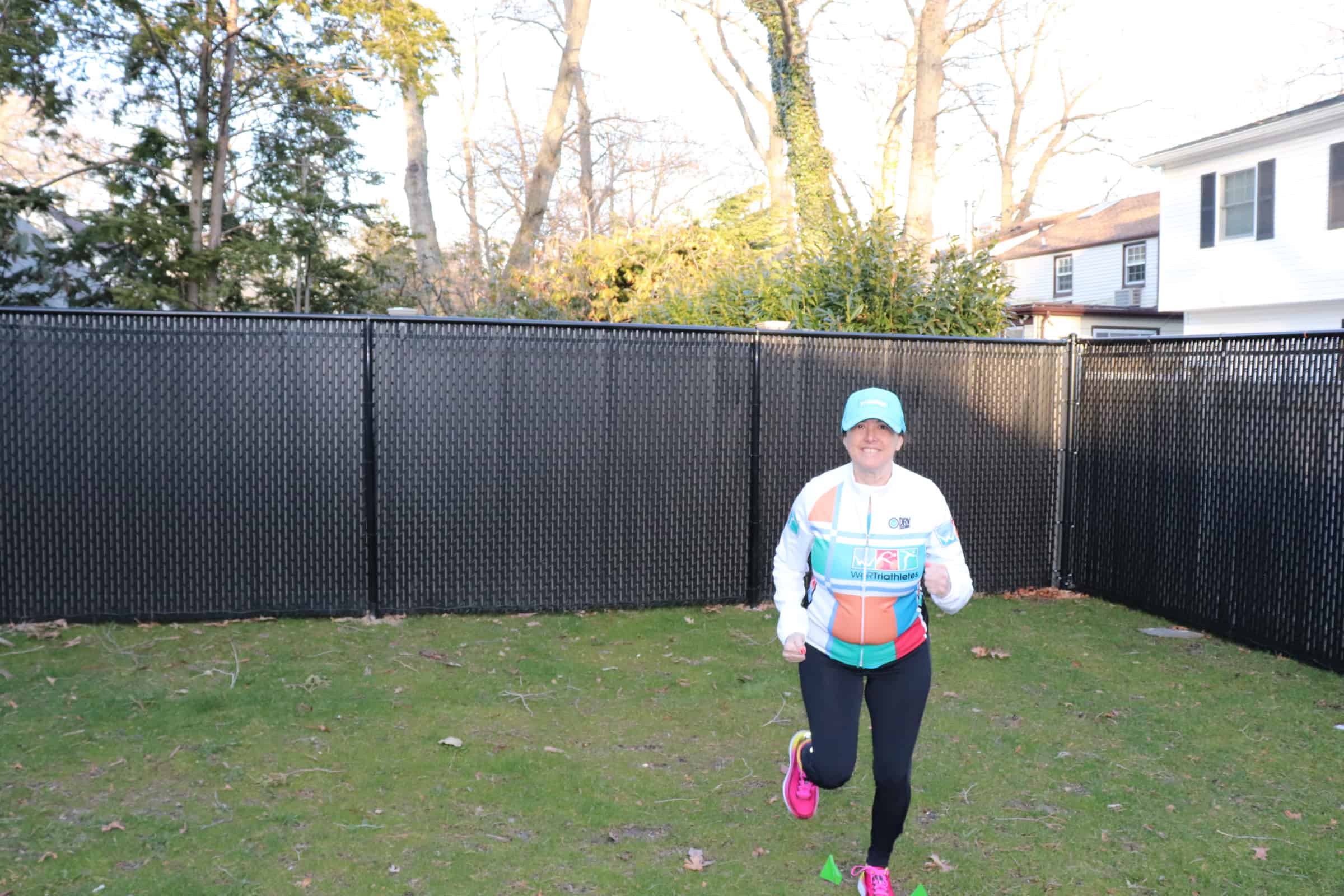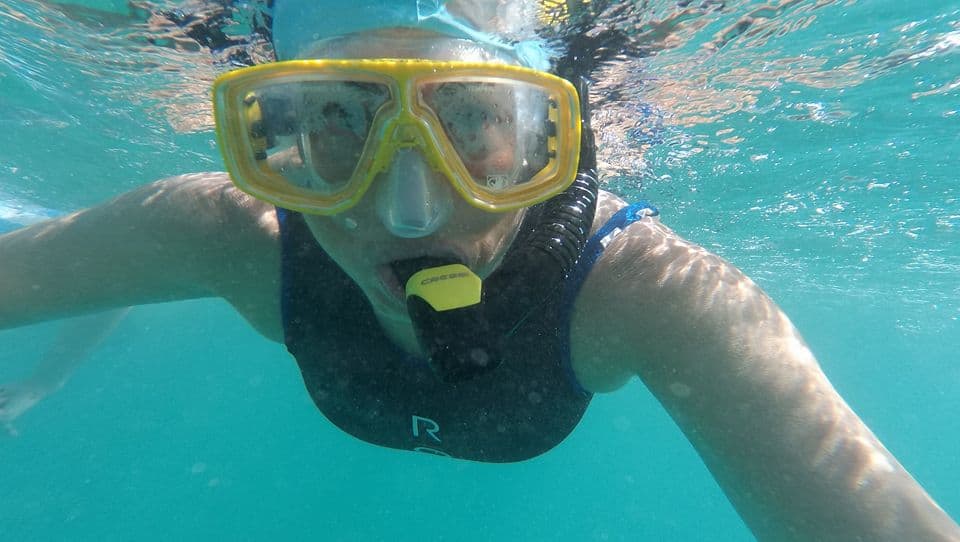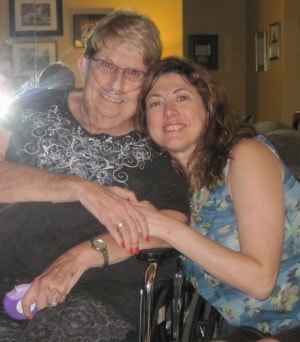Believe it or not, my shins still hurt. I started reading the book, Chi Running – A Revolutionary Approach to Effortless Injury-Free Running by Danny Dreyer and Katherine Dreyer, and was intrigued. He said that using the Chi Running technique could alleviate shin splints and other common running injuries.
One of the things that Danny Dreyer does, is he teaches the reader to be aware of their body. He also suggests watching children run. Why is it that children run so effortlessly and adults have so much trouble running? Danny Dreyer says that as we age, we have more stress and tension in our lives, which we take out on our bodies.
Hilary Topper, runner of the 24 million people who run in this country, 65% incur at least one injury a year to prevent them from training–that’s 15.6 million people!
The Dreyers say running should not hurt your body; it’s the way you run that hurts your body. After reading that, I became more conscious of my body and the way I run. I realize that I pronate inward, which affects my shins, and I lean back, which is probably the worst thing one can do.
Danny Dreyer says that posture is the most important thing to think about, then leaning forward. As you lean forward, you let gravity take you instead of pushing yourself through the run.
Interestingly, Danny Dreyer developed Chi Running by taking what he learned in Tai Chi and incorporating that into the run. His teacher, Master George Xu, helped him find his way and this influence helped him teach others.
He says there are three key principles of Chi Running, which include:
* Needle in Cotton, which means that your body should be aligned and the energy should be in your center, while your legs and arms are soft as cotton, with no tension or stress.
* Gradual Progress, which means that things grow and change incrementally and that it’s important to understand this. Start the run slowly and pick up speed as your body adapts.
* Balance in Motion, which means being balanced in your effort and physical movement, similar to the Yin Yang.
I’m sure a lot of people skip over the beginning parts of this book but it’s probably the most important because it helps teach you about the mind, body, and spirit connection.
After that, he talks about technique and offers an array of exercises and stretches to learn the Chi Running program. He also talks about keeping a running journal and scheduling a running program.
One of the things I found interesting was that he suggested a hot tub or hot bath after a run. I can’t tell you how many times I’ve heard that one should soak his or her body in ice water so that the muscles will heal quicker. He feels that if you are not injured, then cold baths aren’t effective because what they do help is to decrease inflammation.
Chi Running also has specific tips on training and course strategy, which is very helpful. Toward the back of the book, Danny Dreyer discusses specific injuries and suggests remedies. He also discusses food, where you will get the most “chi” and as he concludes the book, offers motivation and spirituality, which will not only help during the run but during life as well.
Article first published as A Runner’s Diary: Chi Running? on Blogcritics.
Related articles
- A Runner’s Diary: Chi Running? (blogcritics.org)





